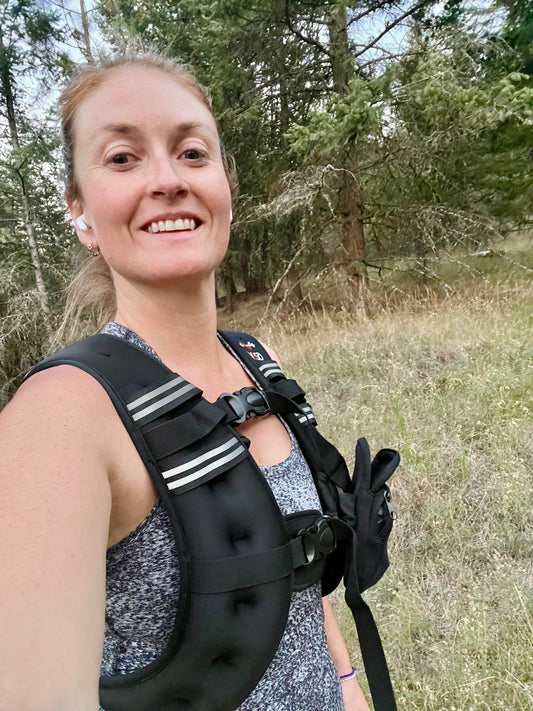It’s become a bit of a buzz phrase in the past few years, but Intuitive Eating is a concept that was developed in 1995 by two Dieticians who continually hit the wall with clients who were hyper-focused on losing weight. It is based on hundreds of studies and many years of clinical studies as a way to address the need for an alternative, and solution, to dieting.
The foundational theory is that by paying attention to the messages of your body and meeting your physical and emotional needs, you can honor your health and live without the perceived need to constantly “manage” your health and appearance. While it sounds simple in theory — listening to the body and taking care of your physical and emotional self — it’s actually a process that is a far cry from the way most of us operate within our societal diet-culture. By diet culture, I mean the entrenchment of behaviors like following restrictive diets, worshipping thin-ness and demonizing fat-ness, and prioritizing weight loss over health gain.
“Intuitive Eating is a dynamic mind-body integration of instinct, emotion, and rational thought. It is an inner journey of discovery that puts you front and center; you are the expert of your own body. After all, only you know your thoughts, feelings and experiences. Only you know how hungry you are and what food or meal will satisfy you. No meal plan or guru could possibly know these things.”
-
The Intuitive Eating Workbook by Evelyn Tribole and Elyse Resch
Implementing this way of nourishing yourself is a multi-faceted approach broken down into 10 principles.
-
Reject the diet mentality.
-
Honor your hunger.
-
Make peace with food.
-
Challenge the food police.
-
Feel your fullness.
-
Discover the satisfaction factor.
-
Cope with your feelings without using food.
-
Respect your body.
-
Exercise: feel the difference.
-
Honor your health: gentle nutrition.
Each principle is a concept to be understood, explored and applied. My upcoming 10 blog posts will focus on each principle in detail, with practical suggestions and tools for implementation. Stay tuned!







